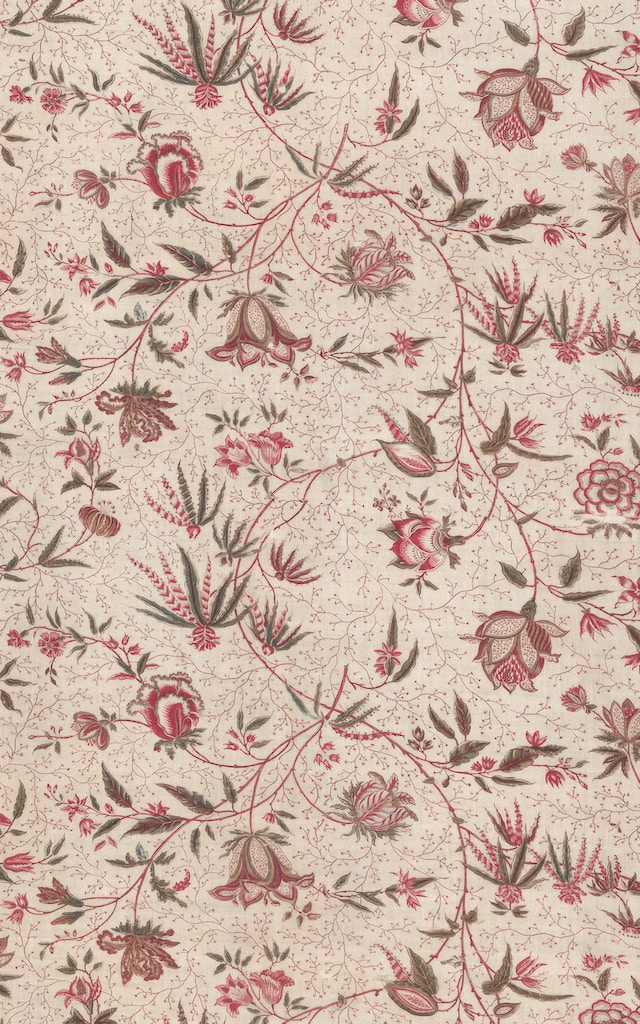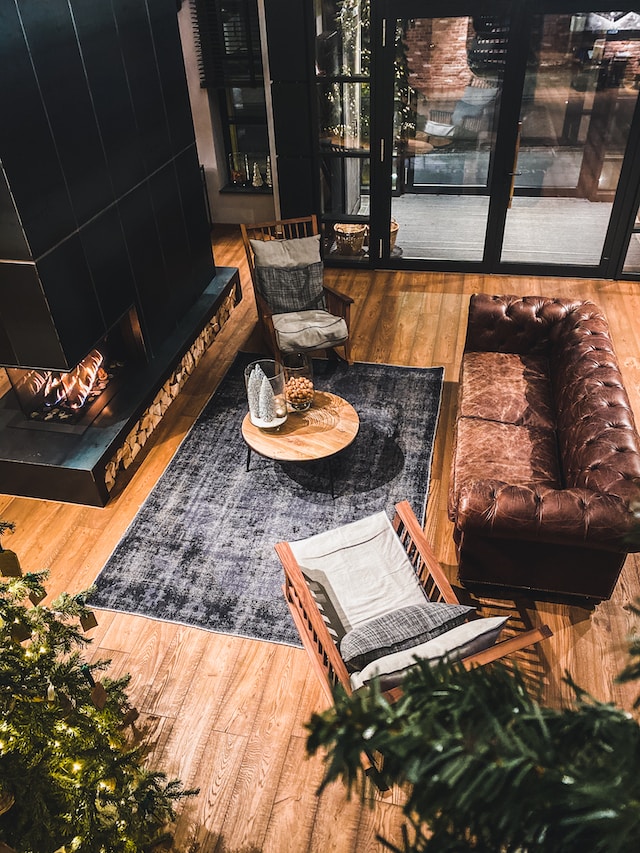
The history of Navajo rug weaving is a rich and vibrant tapestry that dates back centuries. The Navajo people have been creating beautiful rugs for generations, using traditional techniques passed down from their ancestors.
The art of Navajo rug weaving has its roots in the early 18th century, when the Spanish introduced sheep to the region. This allowed the Navajo people to begin weaving wool rugs, which quickly became an integral part of their culture and identity.
Over the years, Navajo weavers have developed unique styles and patterns that are instantly recognizable. From intricate geometric designs to bold colors and symbols, each rug tells a story and reflects the weaver's individual creativity.
Today, Navajo rug weaving continues to thrive as a cherished tradition among the Navajo people. Many weavers still use hand-spun wool and natural dyes to create stunning pieces of art that are sought after by collectors around the world.
Visiting a Navajo rug weaving museum is a wonderful way to learn more about this ancient art form and appreciate the skill and dedication that goes into each handmade rug. It's a chance to immerse yourself in the history and culture of the Navajo people, while marveling at the beauty of their timeless creations.


